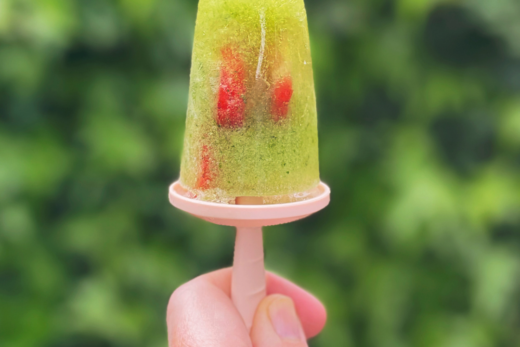
Brushing a dog’s teeth is an essential but frequently overlooked part of caring for a dog. A dog’s oral hygiene is crucial to maintaining its overall health. Yet, even the most dedicated pet owners tend to forget that dogs need regular brushing and cleaning to keep their pearly whites shiny and bright.
Quick View
Why Brush Your Dog’s Teeth?
You might be thinking, ‘Do I need to brush my dogs teeth?’ The answer is yes, absolutely. Dogs may have some resistance to tooth decay, but there are still plenty of reasons for brushing dogs teeth, like:
· Combat bad breath
Bad breath in dogs is common and most often caused by bad dental hygiene (although lungs and gastrointestinal issues can also play a role). Regularly brushing your dog’s teeth helps get rid of bad breath by removing plaque and tartar and killing the bacteria that are the primary cause of bad breath.
· Remove plaque
Dental plaque is a soft, sticky film of food and bacteria formed on the teeth shortly after eating. It hardens to form tartar or calculus but can be removed pretty easily in its soft stage. The physical act of brushing plays a significant role in removing plaque from your dog’s teeth.
· Fight tartar build up
Calcified plaque is known as tartar. It is a yellow-brown hard material that can serve as a base for bacterial growth and is severely damaging to your dog’s teeth and gum line due to this. Since brushing your dog’s teeth removes most of the plaque, it also helps combat tartar build up.
· Prevent tooth decay
Dog saliva may be better at killing oral bacteria than ours, but they can still get tooth decay. So even if the condition is rare and represents only 10% of all dog dental problems, it’s still your duty as the pet owner to brush your dog’s teeth properly to prevent it.
· Ward off periodontal disease
Inflammation of the gums, periodontal ligament, and alveolar bone is known as periodontal disease. It is very common in dogs and is estimated to affect more than two-thirds of dogs above the age of three, but regular brushing and good dental hygiene can go a long way in preventing this painful condition.
· Check for gum disease
Brushing your dog’s teeth gives you the perfect opportunity to evaluate your dog’s gum health and check for signs of gum disease like bleeding, redness, loose teeth, bumps, and bad breath. This allows for early diagnosis and treatment in case of a gum problem, something which can potentially save your dog’s life.
· Thoroughly inspect tooth
Brushing your dog’s teeth is also the prime time to check for cavities, fractures, dental abscesses, etc. Be sure to pay close attention and thoroughly inspect all of your dog’s teeth for orthodontic problems before brushing. Consult a vet if you find anything unusual.
· Prevent chronic infections
Not brushing is bad for both your dog’s oral and general health. Neglecting to take care of your dog’s teeth can result in oral and periodontal diseases, which release toxins into the bloodstream that damage vital organs like the heart, liver, and kidneys. Regular brushing is the most effective way to prevent this.
Preparation for Brushing Your Dog’s Teeth
To prepare for brushing dogs teeth, you need to first buy a specifically designed dog toothbrush and toothpaste. To select the best dog toothbrush, look for one that is VOHC-approved, soft bristled, angled, and has a long handle in the case of a larger dog.





